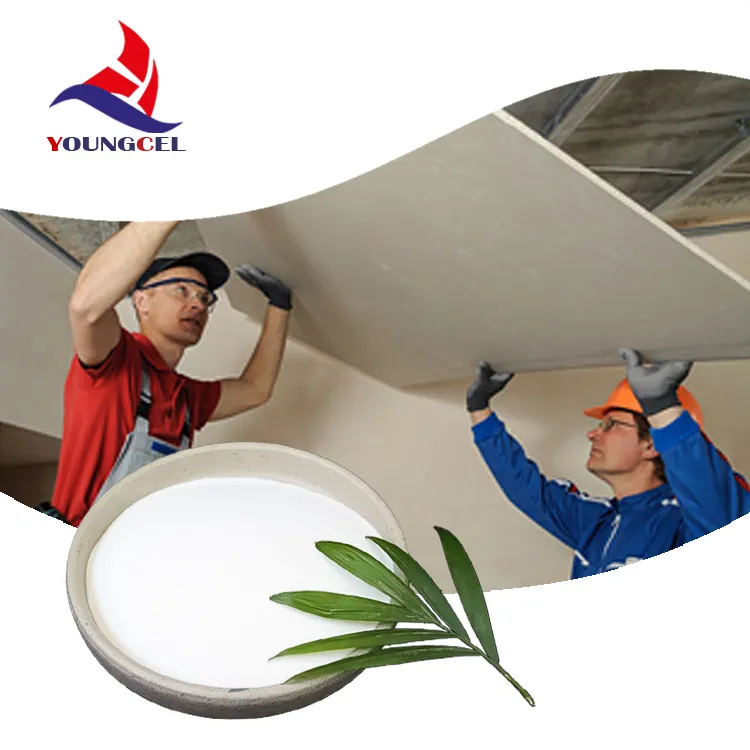Cellulose for Industrial Applications
Cellulose, a biopolymer composed of glucose units linked by β-1,4-glycosidic bonds, is the most abundant organic polymer on Earth. It is a key structural component of the cell walls of plants, providing rigidity and strength. Given its natural abundance and renewable nature, cellulose has garnered significant attention in various industrial applications.
The versatility of cellulose emerges from its unique properties, including its excellent mechanical strength, biodegradability, and ability to form films and fibers. This makes it an attractive raw material for numerous industries, including textiles, papermaking, food, and pharmaceuticals, among others.
In the textile industry, cellulose is processed to produce fibers such as rayon and lyocell. These fibers are favored for their comfort, breathability, and environmental sustainability compared to synthetic fibers derived from petroleum. The production process of these fibers often involves a series of chemical treatments to dissolve cellulose, allowing it to be spun into fibers. Innovations in fiber technology have led to the development of more eco-friendly processes, such as closed-loop systems for lyocell production that minimize chemical waste and solvent discharge.
In the papermaking industry, cellulose is the primary component of paper products. The pulp and paper sector relies heavily on the extraction of cellulose from wood and other plant materials. The pulping process separates cellulose fibers from lignin and hemicellulose, a method that has significant environmental impacts due to deforestation and chemical use. However, there is a growing shift towards sustainable practices, such as the use of agricultural residues or recycled paper, which not only reduces the reliance on virgin wood sources but also promotes a circular economy.
'cellulose for industrial'

Cellulose also plays a vital role in the food industry, particularly as a food additive. Microcrystalline cellulose (MCC) and carboxymethyl cellulose (CMC) are commonly used as thickeners, stabilizers, and texturizers. They enhance the viscosity and mouthfeel of food products, improve shelf-life, and are often employed in gluten-free formulations. As consumers become increasingly health-conscious, the demand for natural, plant-based ingredients has surged, making cellulose-derived additives highly appealing.
Pharmaceuticals are another significant area where cellulose finds application. Its non-toxic, biodegradable nature makes it an ideal candidate for use as an excipient in drug formulations. In particular, hydroxypropyl methylcellulose (HPMC) is widely used for controlled-release drug delivery systems, enabling a gradual release of active ingredients and improving therapeutic efficacy. Cellulose also offers functionalities in wound dressings and drug encapsulation, providing protective barriers and enhancing stability.
As industries continue to seek sustainable and eco-friendly materials, cellulose's role expands further. Its potential in creating bioplastics, biofuels, and composites is being explored. Research is underway to develop novel cellulose-based materials that can replace conventional plastics, thus addressing the pressing concern of plastic pollution. For instance, cellulose nanocrystals and nanofibers have shown great promise in reinforcement applications, offering lightweight and biodegradable alternatives to synthetic materials.
In conclusion, cellulose is a remarkable biopolymer with diverse industrial applications driven by its innate properties and sustainability. From textiles to pharmaceuticals, its versatility and renewability make it a valuable resource in the transition towards a more sustainable future. As research and innovation continue to advance, cellulose may well play an integral role in meeting the growing global demand for environmentally-friendly materials while contributing to the circular economy. The exploration of cellulose and its derivatives is not just an industrial necessity; it is also a step towards a more sustainable world.
-
A Comprehensive Guide to Methyl Ethyl Hydroxyethyl Cellulose: Applications and Industry InsightsNewsNov.24,2025
-
Understanding Methyl 2 Hydroxyethyl Cellulose: Uses, Benefits & Industry InsightsNewsNov.24,2025
-
Hydroxyethyl Methyl Cellulose HEMC: Industrial Uses, Benefits & Future TrendsNewsNov.23,2025
-
HEMC Cellulose: Versatile & Sustainable Industrial Polymer | YoungcelNewsNov.23,2025
-
Methyl Hydroxyethyl Cellulose: Versatile Building Block for Industry & SustainabilityNewsNov.23,2025
-
CAS 9032 42 2: Understanding Polyvinyl Alcohol's Impact on Industry & SustainabilityNewsNov.22,2025




